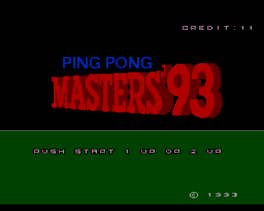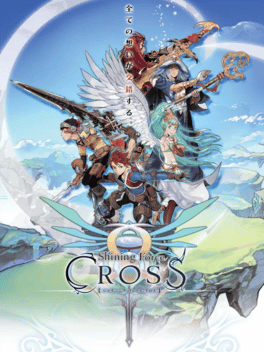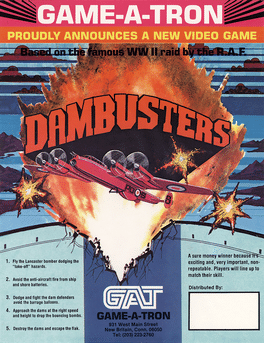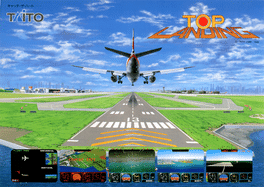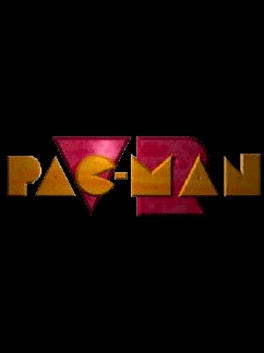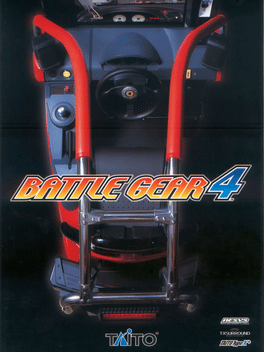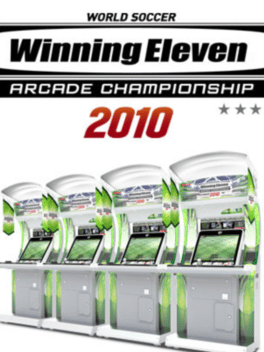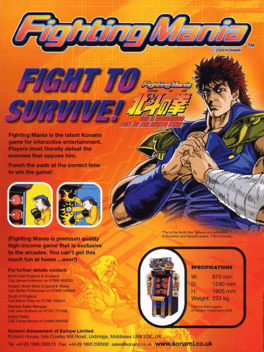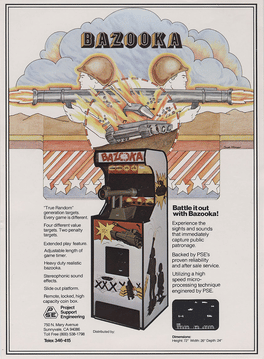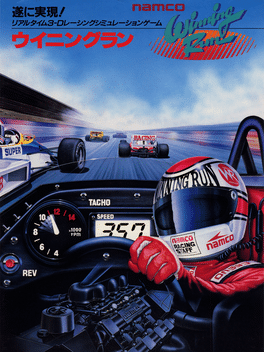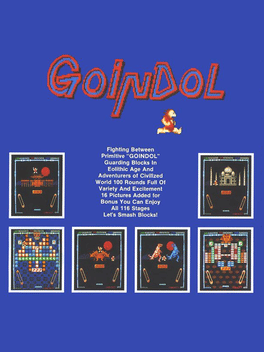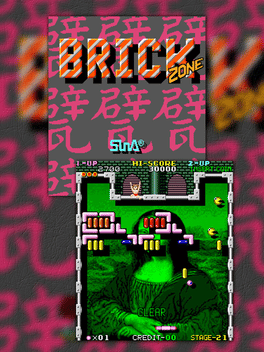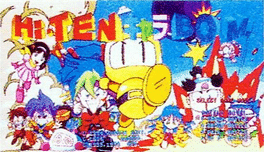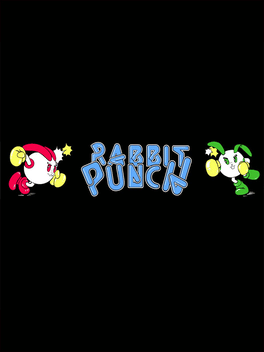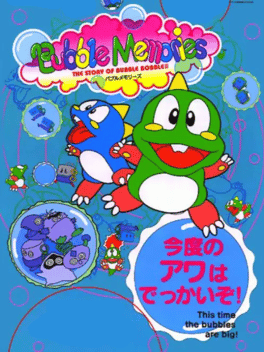Most Popular Arcade Games - Page 81
-
Fast & Furious: SuperCars
2011
Fast & Furious: SuperCars is an arcade racing game based on the movie franchise. -
Shining Force Cross
2009
Shining Force Cross
2009
Is an arcade entry in the Shining series of games. It is a spiritual sequel to Quest of D. It is an action RPG for arcades, but has no trading card elements. -
Dambusters
1981
-
Top Landing
1988
Top Landing
1988
Top Landing is a 3D flight simulator released by Taito for the arcades in 1988. The object of the game is to land an airliner during any number of adverse conditions. It is the second of four games in Taito's "Landing" series. -
Pac-Man VR
1996
-
Battle Gear 4
2005
Battle Gear 4
2005
A driving simulator where by players race street legal cars on narrow Japanese speedways. The focus of the game is on manual shifting, drifting and quasi-legal driving tactics. When compared to the Battle Gear 3, there are certain features changed in this game. * The addition of European models (for example, Volkswagen Golf and Renault Clio (Lutecia) V6) and the European stages (with notable examples of the Monaco track and Monte Carlo Rally) representing a departure from Initial D. * The Takumi Mode in Battle Gear 3 is removed. Instead, a severe speed penalty is implemented into the system, forcing the player to use the brakes. * A more extensive tuning system is available to the key users. Instead of simply modding the external parts, the performance hardwares are available as well this time. These can be performed in the online virtual garage. * A player can also activate the "Garage Extension" functions. This includes the benefit of having a team, customizing decals, vinyls and setting names and such. -
Music GunGun!
2009
-
Gaia Attack 4
2010
Gaia Attack 4
2010
Gaia Attack 4 is a 4 player light gun shooter from Taito, released in 2010 and running on their Taito Type X2 hardware. Users play as 'Ghostbusters' whose goal is to kill as many ghosts and aliens as possible. The game features video footage of real world environments, overlaid with cartoon computer images of aliens, creatures and more. -
World Soccer: Winning Eleven 2010 - Arcade Championship
2010
An arcade game in the World Soccer: Winning Eleven (Pro Evolution Soccer) franchise. -
Fighting Mania: Fist of the North Star
2000
This was an arcade game released in 2000 by Konami (also known as Punch Mania: Hokuto no Ken) -
Bazooka
1977
-
Winning Run
1988
Winning Run
1988
Released by Namco in 1988, this was the first arcade driving game to use fully 3D polygon graphics. It was the inaugural title for the Namco System 21 "Polygonizer" arcade hardware, the first dedicated 3D gaming system. -
Goindol
1987
-
Brick Zone
1992
Brick Zone
1992
Breakout-style game by SunA Co. that features several famous arts in the background (some with nudity) and some well-known songs such as "Chorando Se Foi"/"Lambada" and "Ode to Joy". As you progress through the stages, the player will also come across bizarre bosses, such as a clown's head with stretching arms. -
Hi-Ten Chara Bom
1993
-
Rabbit Punch
1987
Rabbit Punch
1987
Shoot' em up arcade game by Vdeo System where round rabbits wearing boxing gloves fly from left to right through scrolling scenery punching, shooting flying enemies with a laser or firing carrot missiles. Power-ups are available in the form of canned carrots. -
Bubble Memories: The Story of Bubble Bobble III
1996
The sequel to Bubble Symphony, although it strangely shares its subtitle with Parasol Stars.

